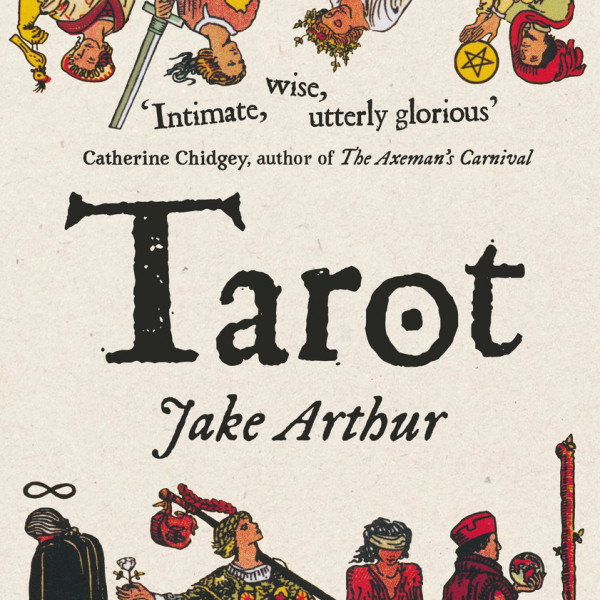
I laughed, winced, gasped, and guffawed with everyone else at Deadpool & Wolverine. I think I may have been the only one scoffing and rolling my eyes though.
It’s funny, it’s what you’d expect, it scratches the itch, and it hands out cameos and Easter eggs on a silver platter for all the Marvel and X-Men fans. Its irreverence and self-awareness screams that it’s not your typical superhero movie… Except that it kind of is if you look past the cussing, the fourth-wall breaks, and the pointed jibes.
Oh, yes, in case you’re one of the three people who hasn’t heard of this franchise, I’ll catch you up. Deadpool (Ryan Reynolds) is the not-your-average-superhero superhero. He is crude, rude, and does bad things. In this third instalment, he is welcomed into the Marvel Comics Universe when he is told by the Time Variance Authority (Matthew Macfadyen) that his world has lost its anchor being – Wolverine (Hugh Jackman) – and he was deemed the only creature worth keeping. To save his timeline from extinction, Deadpool embarks on a quest to find another Wolverine but, of course, the fate of the universe is threatened along the way, and a rollicking adventure ensues.
Directed by Shawn Levy with a screenplay by Ryan Reynolds, Rhett Reese, Paul Wernick, Zeb Wells, and Levy, Deadpool & Wolverine is hilarious and outlandish. The pairing of two starkly opposite heroes gives way to many cheeky and heartfelt moments. The costumes (Graham Churchyard and Mayes C. Rubeo) are fun – Wolverine fans buckle your seatbelts – and the sets (designed by Ray Chan) are as fantastical as expected.
The jibes at Disney and Hollywood are welcome but incessant. They’re clever, true, and you feel like you’re a part of some great big inside joke, but they’re overcompensating. I think Alissa Wilkinson sums it up best in The New York Times: “now that the jabs are coming from inside the house, it hits different. On the one hand, ‘Disney’s so stupid.’ On the other hand, Disney paid for this movie, and we pay them to watch it”.
A raunchy and rip-roaring ride, Deadpool & Wolverine delivers what it promises – just don’t look too deep inside the suits.






















